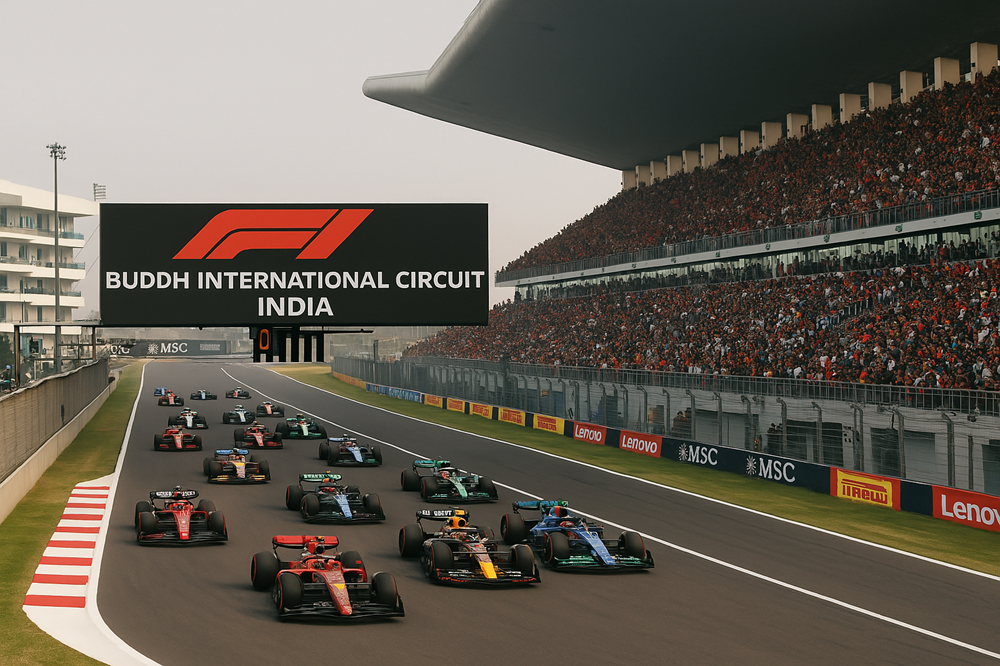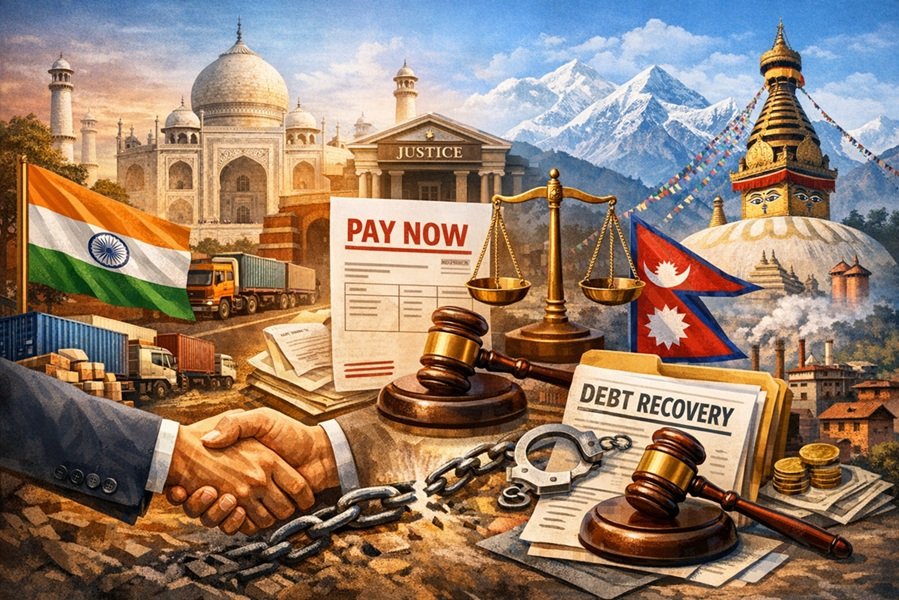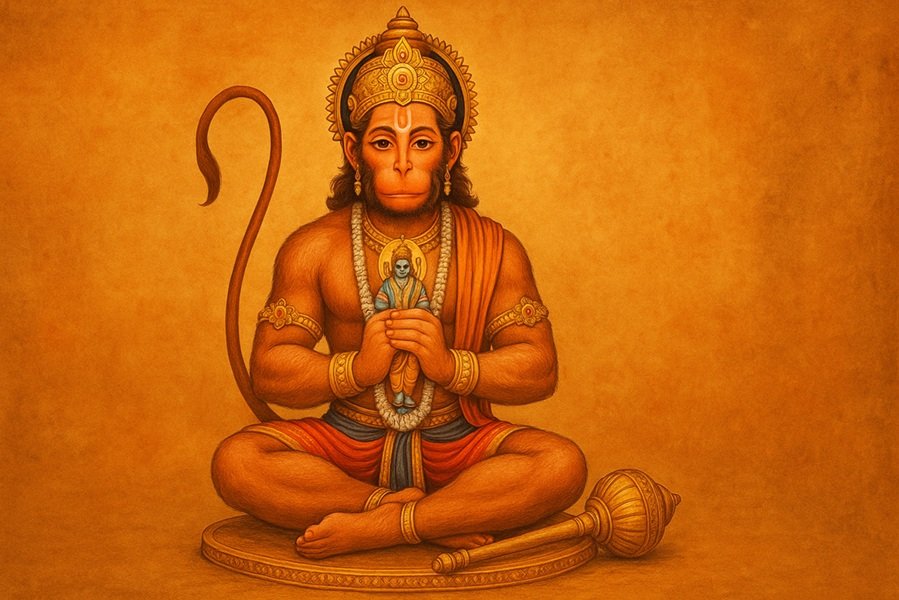
Introduction
Formula 1, the pinnacle of motorsport engineering and international sporting spectacle, has had a long-standing ambition to penetrate emerging markets. Among those, India—home to over 1.4 billion people, rapid urbanization, and a tech-savvy youth population—was a promising destination. Yet, its tryst with F1 has been a mixture of glittering promise, bureaucratic roadblocks, and missed opportunities.
The Buddh International Circuit (BIC), often dubbed the “Buddha GP,” was envisioned as India’s gateway into the glamorous world of global motorsport. This article delves into the complex intersection of F1’s ambitions, India’s challenges, the rise and fall of the Indian Grand Prix, and prospects for a motorsport revival.
Part 1: Formula 1’s Global Expansion and the Strategic Appeal of India
Why India?
F1’s expansion strategy in the late 2000s included tapping into emerging markets like China, the Middle East, Southeast Asia, and India. India held immense potential for several reasons:
- Massive youth demographic (65% under 35)
- A growing upper-middle class with rising disposable income
- Booming tech, telecom, and automobile sectors
- Existing fan base via motorsport brands, e-sports, and cricket crossovers
- India being the largest two-wheeler and one of the top car markets globally
F1’s Push into Asia
The success of the Shanghai GP (China) and Singapore GP (night race) pushed F1 to replicate its formula in South Asia. India, with its size and cultural influence, was seen as a must-have on the calendar.
Part 2: The Rise of the Indian Grand Prix (2011–2013)
The Birth of the Buddh International Circuit
- Location: Greater Noida, Uttar Pradesh, near New Delhi
- Designer: Herman Tilke, world-renowned F1 track architect
- Cost: Approx. ₹2,000 crore (~$400 million)
- Capacity: Over 100,000 spectators
- Inauguration: 30th October 2011
The BIC was widely praised for its technical complexity, high-speed straights, elevation changes, and professional paddock infrastructure. F1 drivers and team principals called it one of the most exciting circuits.
The Indian Grand Prix: Three Years of Speed
- 2011 Winner: Sebastian Vettel (Red Bull Racing)
- 2012 Winner: Sebastian Vettel
- 2013 Winner: Sebastian Vettel (again, clinching his 4th world title here)
Despite its short tenure, the Indian GP created enormous buzz. Global brands, Bollywood celebrities, and political dignitaries attended. India had officially arrived on the F1 map—or so it seemed.
Part 3: The Fall – Why Did F1 Leave India?
Despite the technical success of the circuit and respectable crowds (85,000+ in the first race), the Indian GP was dropped from the calendar after 2013. Why?
1. Taxation Woes
- The Indian government did not classify F1 as a “sport”, instead deeming it an “entertainment event.”
- Result: High entertainment taxes (up to 60%) and lack of sports-related incentives.
- Teams faced customs delays, double taxation, and complex legal compliance issues.
2. Political & Bureaucratic Hurdles
- Lack of clear support from central or state government
- Changing political landscape (Uttar Pradesh government shifts in 2012)
- Delay in VAT refunds for Formula One Management (FOM)
3. Financial Unsustainability
- Jaypee Group, the track’s owner, suffered financial stress.
- Cost of hosting fee: ~$40 million per year, paid to FOM.
- Sponsors struggled to justify ROI in a cricket-dominated market.
Part 4: The Legacy and What India Learned
What Worked
- The circuit was FIA Grade 1 certified—eligible for top-tier racing.
- India hosted F1-grade racing without any technical mishaps.
- Boosted motorsport awareness in urban youth.
What Didn’t
- Inability to bridge global ambitions with local policies
- Absence of national-level motorsport infrastructure and marketing
- Lack of government and corporate collaboration
Part 5: The Present and the Rebirth?
The Rise of MotoGP Bharat
In 2023, MotoGP Bharat was hosted at Buddh International Circuit. It demonstrated that:
- The track is still world-class and race-ready
- Government attitude is changing—more supportive now
- India is back on the radar of international motorsport bodies
Electric Racing & Formula E
With growing EV adoption in India and Formula E expanding, there’s interest in bringing electric racing to Indian streets (e.g., Hyderabad E-Prix in 2023).
Part 6: Could F1 Return to India?
Challenges
- India must resolve its taxation classification of F1
- Financial model must be revamped—co-hosting with private/public partners
- Sponsorship landscape needs to evolve beyond cricket
Opportunities
- Rising Indian fanbase for F1 (evident from TV/OTT numbers)
- Indian-origin drivers like Jehan Daruvala showing promise
- Corporate India (Tata, Mahindra, Hero, Ola) keen on global exposure
Part 7: Buddh International Circuit – Beyond F1
Today, BIC hosts multiple racing formats:
- Indian Racing League
- National Championship events
- Auto expos, driver training, testing grounds
It has become a motorsport and auto-culture hub in India despite F1’s departure.
Conclusion: Buddha GP – A Missed Chapter or an Unfinished One?
The Indian Grand Prix was an audacious experiment, partly successful and largely undone by policy friction and systemic inertia. Yet, with motorsport making a comeback via MotoGP, Formula E, and national leagues, and global EV trends aligning with India’s green mission, a return of Formula 1 to India is not a matter of if—but when.
If the right alliances, incentives, and infrastructure are aligned, the Buddh International Circuit could once again hear the roar of F1 engines—and this time, for good.
Read This: The Rising Cost of Education in India: A Growing Crisis






